Blood From The Mummy's Tomb (1971)
Directed by: Seth Holt
Written by: Christopher Wicking, Howard Brandy
Starring: Hugh Burden
UK
AVAILABLE ON DOUBLEPLAY BLU-RAY AND DVD: NOW, from STUDIO CANAL
RUNNING TIME: 92 mins
REVIEWED BY: Dr Lenera, Official HCF Critic
Margaret Fuchs suffers from a recurring nightmare in which the ancient Egyptian queen Tera, who was an evil sorceress, has her hand cut off and is then buried alive, after which a strange force kills all the people present. On her birthday, Margaret is given a ruby ring by her father, the same ring that, twenty years before, he had taken from Tera’s severed hand when he and some others found Tera’s tomb and her body perfectly preserved. That same day, his wife had died giving birth to Margaret. Now, the sinister Corback wants to resurrect Tera, who seems to possess Margaret, but first he must obtain some relics which are in the possession of the men who desecrated Tera’s tomb…..
Opinion on Blood From The Mummy’s Tomb seems to be divided among Hammer aficianados, but I’ve been convinced for some time that it’s not only considerably superior to The Curse Of the Mummy’s Tomb and The Mummy’s Shroud, but that it could have been a top draw Hammer horror if it wasn’t for certain tragic events during its production which weakened the end result. Elements of the story don’t make much sense, the second half doesn’t really flow, and there’s a rushed nature to some scenes, while this one really does look cheap throughout. They couldn’t even seem to decide on the time period, the film sometimes appearing to take place in 1970’s London but sometimes also quite a few decades earlier. However, there are some hugely atmospheric sequences which come close to achieving a genuinely otherwordly ambiance, some genuinely frightening murder set pieces, and a few surprises in the narrative even if it also borrows things like the Scroll of Life and dismemberment from earlier Mummy films – though of course this one isn’t really a Mummy movie at all. There’s also a slight feminist subtext that was also in Bram Stoker’s source novel and I personally think that Valarie Leon, despite being obviously chosen principally for her cleavage, does quite well in the lead role – well, at least until you compare her with the much better Angharard Rees who essayed a not dissimilar dual role in Hands Of The Ripper.
Producer Howard Brandy and experienced horror screenwriter Christopher Wicking wrote a treatment very loosely based on Stoker’s 1903 novel The Jewel Of Seven Stars which had already been filmed for TV as an episode of the BBC’s Mystery And Imagination series. Hammer head James Carreras okayed as long as the title changed. Wicking’s initial screenplay featured a deleted subplot involving a coven of naked Tera worshipers who get torn to bits by a demonic cat. Gordon Hessler, Peter Duffet and Claude Wathan were all considered to direct before Seth Holt, who’d done such a good job on Taste Of Fear and The Nanny, got the job. Peter Cushing was cast as Julian Fuchs, but after the first day of shooting his wife Helen was rushed to hospital and died three days later from emphysema. Andrew Kier was cast in his role. Then, during week five of a six week shoot, Holt died from a heart attack on set, leaving behind lots of baffling footage with no entrances or exits. After Don Sharp turned down an offer to re-do the film from scratch, James’ son Michael Carreras, now Hammer’s managing director, decided to finish the scenes and shoot the outstanding ones [chiefly asylum material] himself, trying to approximate Holt’s style the best he could. After the BBFC required the removal of a shot of a hospital orderly hitting an inmate due to public concern about the treatment of mental patients at the time, Blood From The Mummy’s Tomb premiered at the National Film Theatre during a Hammer retrospective, though the later release paired with Dr Jekyll And Sister Hyde did only moderate business. It was remade three times, as The Awakening, The Tomb and Bram Stoker’s Legend Of The Mummy.
The opening titles of space, set to really haunting music by Tristram Cary alternating unusual string patterns with scattered hints of Ancient Egpyt, immediately create a almost mystical feel, though the way the camera pans down from the stars in space, across a rocky landscape and into a tomb is somewhat weakened by the highly unconvincing sets, with hieroglyphics that look like they were painted on by a primary school class. The dead Queen Tera has her hand cut off and fed to the local jackals, but then we see one jackal lying dead with its throat cut, the crawling hand [hurray, Hammer finally get to employ that great horror device!], and then a gust of demonic wind cause all the people to have their throats gorily slashed in what is a pretty strong opening overall. Cut to a mental patient in his cell acting all agitated and seeing the Big Dipper [and the formation of the seven stars recurs several times later in differing forms] on the floor, then Margaret Fuchs being given a ruby ring by her father – and I still don’t really know why he does this. Surely he would know that such a thing as this, taken from Tera’s tomb, would hardly “protect” her? But then it’s best not to think too much about certain aspects of this film, such as how on earth, after Fuchs and company find Tera’s tomb in a flashback to twenty years before, they were able to get a sarcophagus with a body that looks like the person in it died yesterday in and is in fact still bleeding through customs? And why didn’t the expedition members simply destroy Tera’s artifacts, since they’ve lived for some time in fear of her using them to regain power?
Still, the first half is rife with an ominous sense of impending doom. There’s quite a bit of chat, usually given to Andrew Keir or James Villiers, and not all of it is necessary, but it’s pretty involving as another expedition member Corbeck has his own plans for Tera and Mergaret, who has certain powers which aren’t elaborated on, becomes under Tera’s evil power. Soon after it’s revealed how three relics have to be retrieved, we get one of Hammer’s most scary scenes as the victim to be, the one in the asylum, goes to pieces while the “dawn chorus ” of the other patients begins in the background, his window opens and that wind comes in, and the camera goes all over the place. Finally we get a terrifying shot of the moving shadow of a snake reflected on one of the walls! Also effective is viscera suddenly appearing on another victim’s face. Unfortunately during the second half there’s definitely some evidence of scenes missing or unfinished which is probably noticeable even if you don’t know the production history, notably a strange car crash shown with just a few badly sequenced shots and a mediocre scuffle of a climax in a collapsing house. However, the final moment, different to but similar in meaning to the ending of the novel, is bravely ambiguous as well as blackly amusing considering that it’s the only time we actually see a Mummy. SPOILER WARNING. In a hospital, we see a woman whose face is wrapped in bandages. We’re told she’s the sole survivor, and that all the others in the Professor’s basement were “crushed beyond recognition”. She slowly opens her eyes and struggles to speak. But who is she, exactly – Margaret Fuchs or Queen Tera? Whoever she is, she’s finally broken free from these men who are trying to control her – though how on earth Corbeck planned to control Tera once she awakened in anybody’s guess.
It’s nice to see the seemingly nominal young leading male character [named Tod Browning- unusual to see Hammer getting in a direct reference to an earlier age of horror] get killed off, but then actually everyone except for Tera/Margaret perishes in this film which must be one of the nihilistic of all Hammer films – well, at least if you’re a man. The gore also extends to a bleeding stump and some stabbing at the end, while those severed throats do look nasty, though quite often we just see the aftermath, and Hammer never could produce convincing severed hands and arms. But it’s the work of production designer Scott MacGregor in this film which could be its oddest aspect. ’70s fashions for the younger characters and locations rub shoulders with early 20th century clothing for Fuchs and Dandrige, vintage cars, and a mental asylum that seems very Victorian, replete with two cruel staff members and outdated equipment. Maybe they changed their mind about the period half way through and decided to go for a “timeless feel”, or maybe they did so during the reshoots because it was cheaper. At least you can’t tell whatsoever which bits were shot by Holt and which bits were shot by Carreras, and there are some great shots, some of them more overtly stylish than was usual for Hammer, like a fantastic moment almost framed like a comic strip panel when the possessed Margaret moves in slow motion towards the camera, one of Hammer’s finest evocations of the attractiveness of the dark side.
Leon is better in the bits when Margaret is not herself than in the bits when she is, displaying a certain physical grace in many of these scenes, and her casting certainly enhances Wicking’s theme of the seductive power of evil which appeared in many of his scripts. Villiers is amusingly supercillious [though I wonder if his part was written with Christopher Lee in mind] but Keir struggles with his ill-written role [Cushing would have probably made something more of it]. Tristram Carey’s score is quite impressive and his haunting main Egyptian motif sticks in the mind, though in general he’s not much interested in themes. His approach is also often more subtle than the usual Hammer score, there certainly being some bombastic moments but quite short and not very common, while there are some passages which are quite experimental too. Blood From The Mummy’s Tomb is undoubtedly a compromised, uneven work – how could it not be – but is definitely the best version of The Jewel Of Seven Stars and there are passages where it really soars, combining mood and fright in a poetic manner rather different to most Hammer.
Blood From The Mummy’s Tomb on Blu-ray looks slightly less impressive as the previous two Studio Canal releases, coming across as a bit soft in places, though the colours are rich and it’s still a considerable improvement over the DVD. The Pharaoh’s Curse: Inside Blood From The Mummy’s Tomb runs 18 minutes [twice the length of the featurette on the Anchor Bay DVD] and has our usual foursome joined by Leon in discussing the film. They provide some facts I didn’t know, such as there being a third death during the making of the picture. Leon wasn’t even able to go to Holt’s funeral and had to carry on working! There’s also a still of Cushing playing Keir’s role and giving Leon the ring, which I hadn’t seen before. Good stuff, and another Must Buy Blu-ray for fans.
SPECIAL FEATURES:
*The Pharaoh’s Curse: Inside Blood From The Mummy’s Tomb

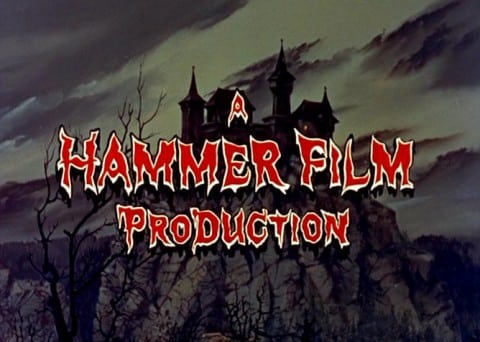
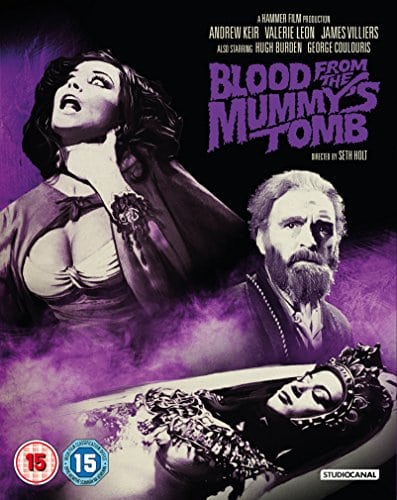
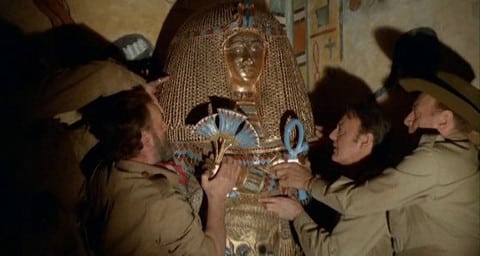
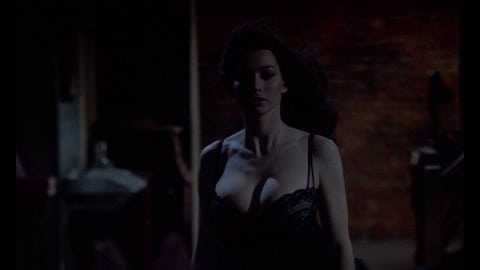




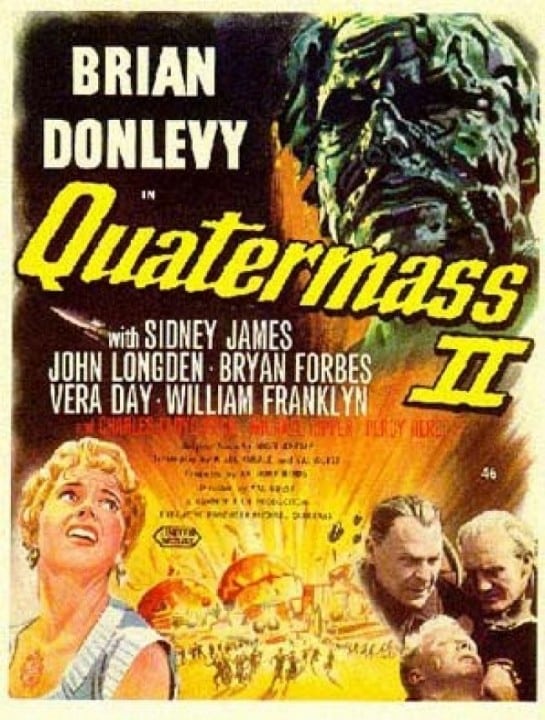

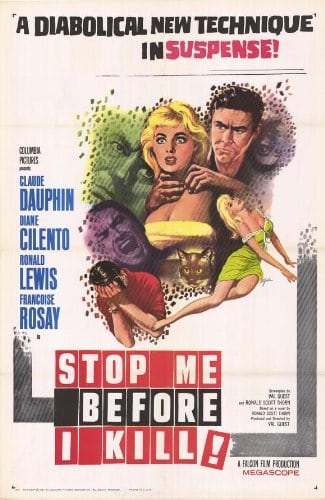
Be the first to comment